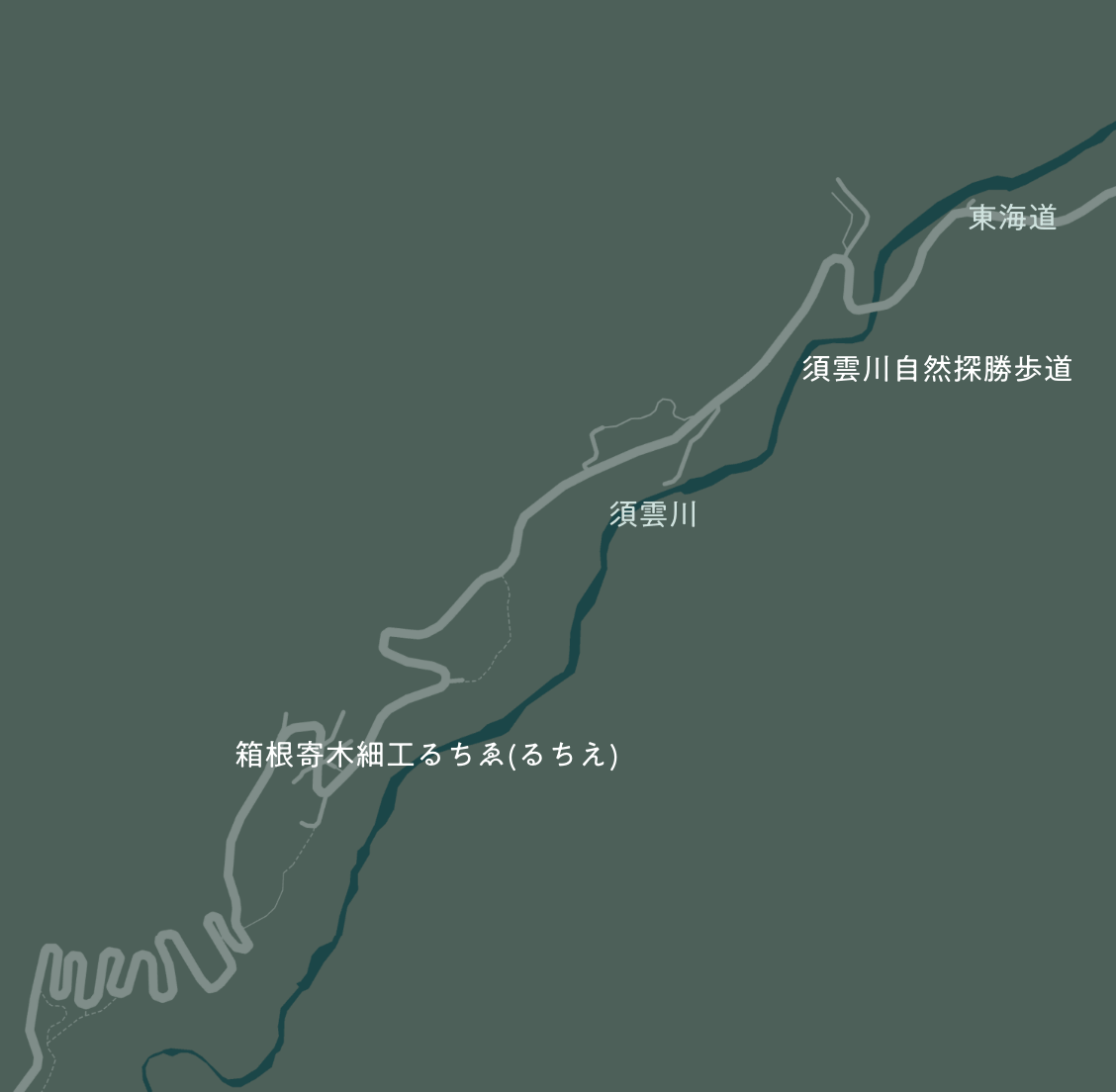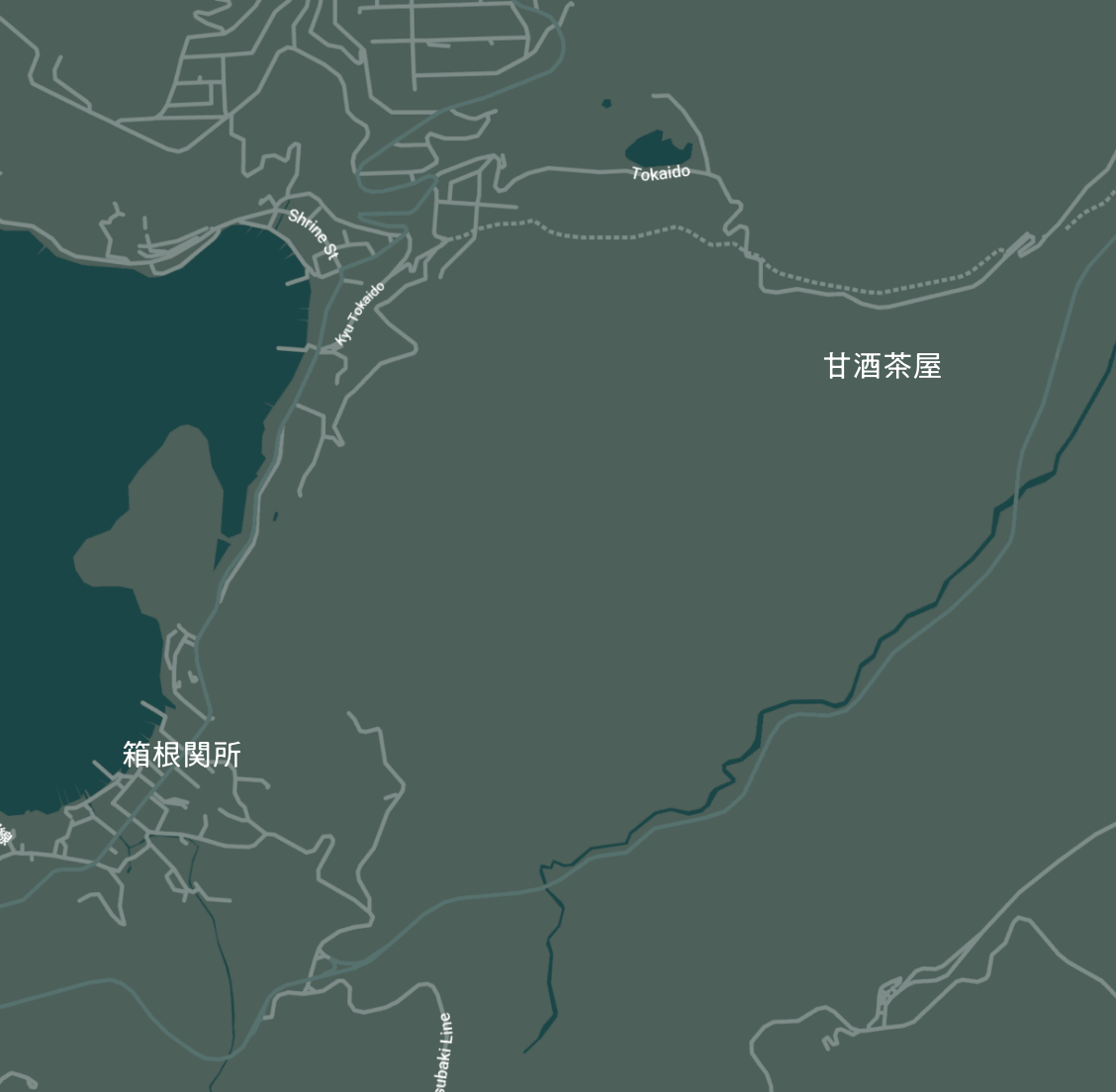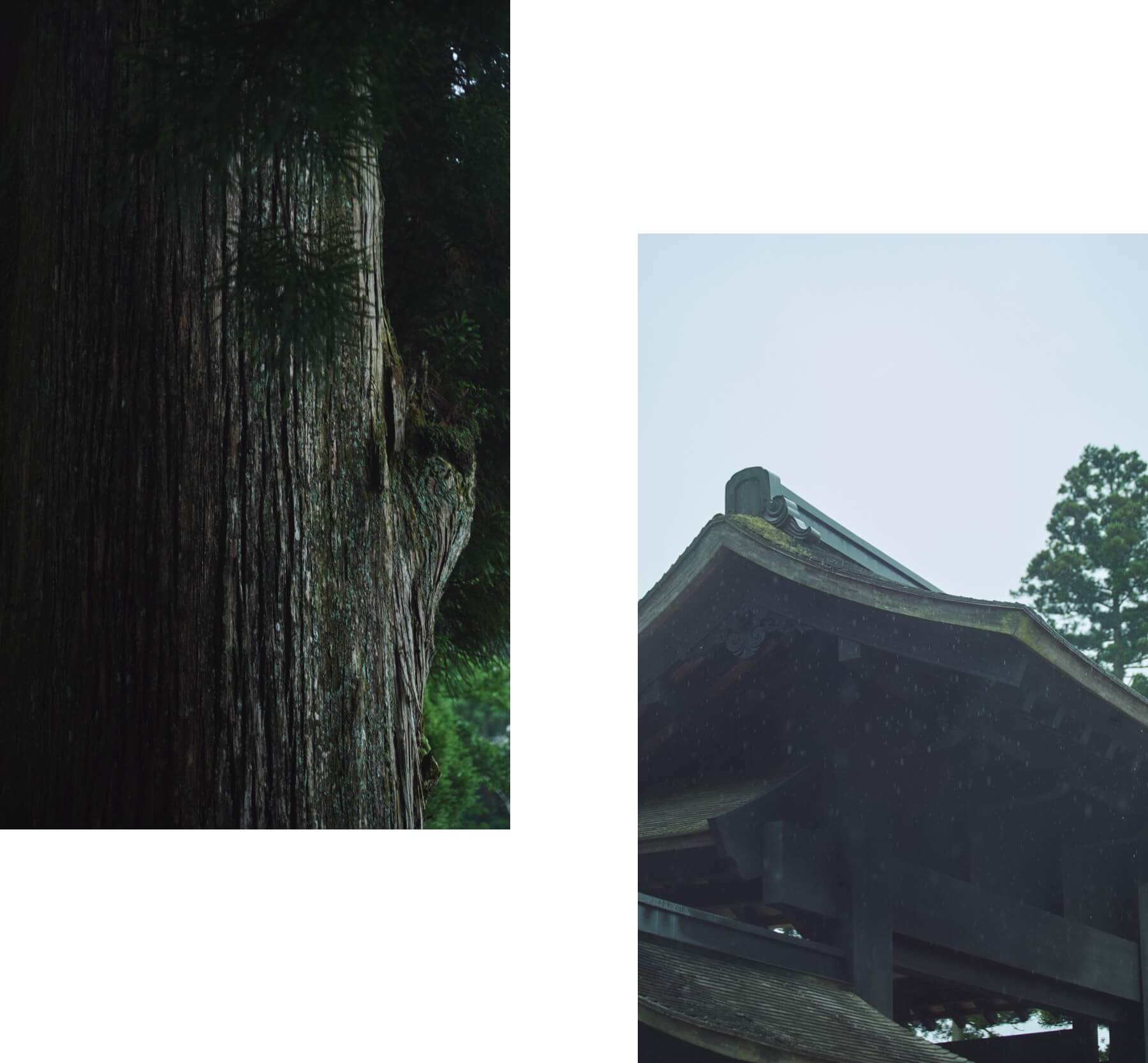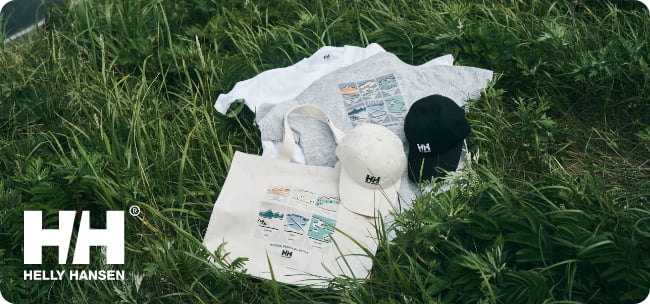Journey through the Old Tokaido Road:
Embracing the Past and Present of Hakone
Journey through the Old Tokaido Road:
Embracing the Past and Present of Hakone
When you hear "Hakone," the first thing that might come to mind is "hot springs," but Hakone has also flourished as a vital location along the historic Tokaido Road since ancient times. Discover another side of Hakone by delving into its history and connecting with the local people. Take a walk along the old Tokaido road, once traveled by Edo-era travelers, and sign in awe at the enduring charm of amazake that has remained unchanged for centuries. Let us embark on a journey to experience the essence of Edo in Hakone.
- Guide
- Shin Kaneko
- Location
- Fuji-Hakone-Izu National Park


Photographer Hinano Kimoto
Writer Takumi Sakurai
Guide
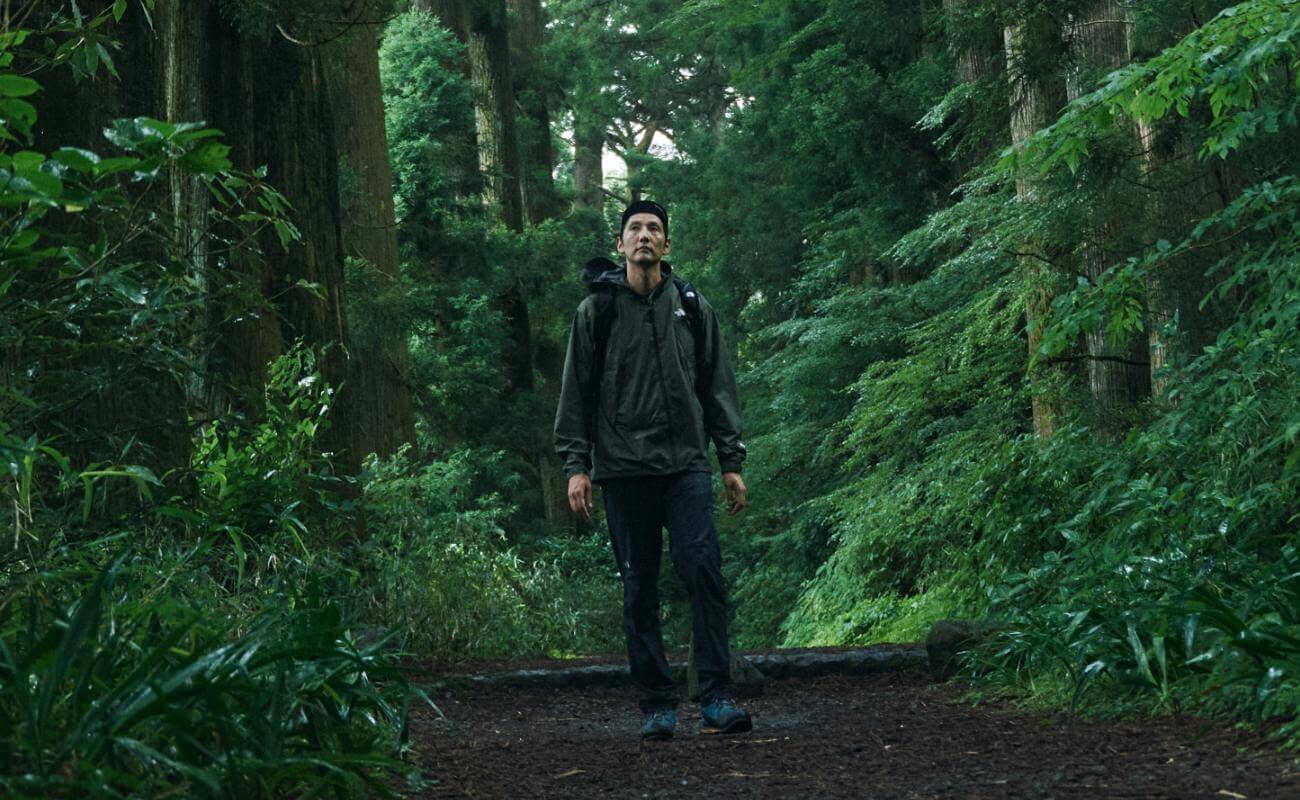
Shin Kaneko
Born and residing in Hakone Town.
Certified National Interpreter Guide, Japan Mountain Guide Association Certified Climbing Guide II, Leave No Trace Trainer.
After graduating from the University of Southern California in the United States, he worked in Tokyo before deciding to return to his hometown of Hakone at the age of 30. In 2015, he launched "Explore Hakone," a specialized guide service for foreign visitors to Japan. Offering exclusive private tours limited to one group per day, he has guided more than 3,000 people from 25 countries, mainly from Europe, the United States, and Australia.
https://explore-hakone.com/
People
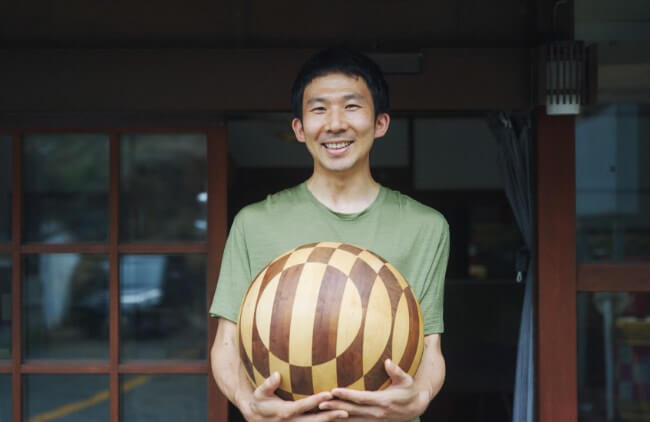
Yosegi-Zaiku Craftsman - Yuta Shimizu
A traditional Yosegi-Zaiku craftsman in Hatajuku. His fascination with Yosegi-Zaiku began during a visit to Hakone as a student, leading him to eagerly seek apprenticeship under a prominent master in the craft. Today, he proudly runs his own workshop and store named "luthier," where he delves into the world of Yosegi-Zaiku, drawing from the unique sensibilities of the younger generation.
http://luthier43.info/
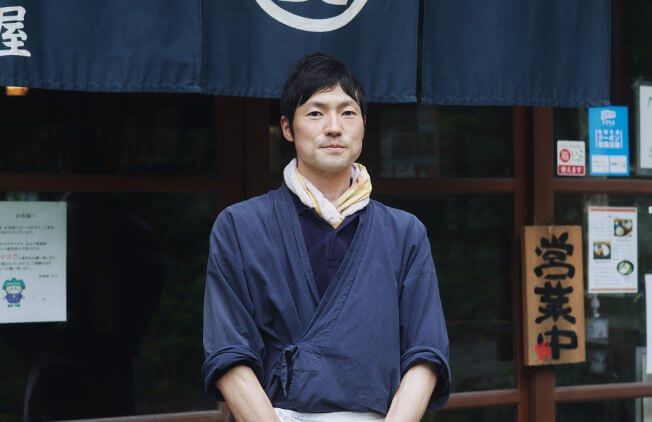
Kikyoya - Kanji Suzuki
Owner of Kikyoya, the only eatery in Hatajuku, located behind the Old Tokaido Road Ichirizuka. Since its establishment in 1970, Kikyoya has been serving various soba dishes, including the renowned "Zaru-Toro," with plenty of grated yam. Its prime location makes it the perfect stop for those walking along the Old Tokaido Road.
https://hakone-kikyouya.com/
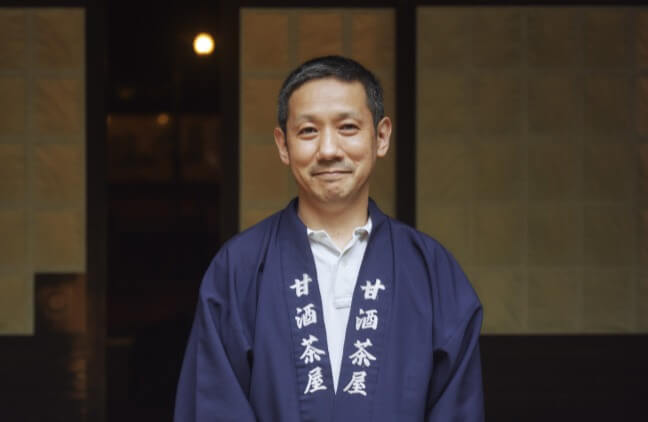
The 13th generation owner of "Amazake Chaya," established in the early Edo period. Continuing the traditional methods since its founding, Amazake Chaya offers not only amazake but also other delicacies such as mochi, miso oden, and tokoroten. From the Edo period to the present day, it has been satisfying the stomachs of countless travelers.
https://www.amasake-chaya.jp/index.html
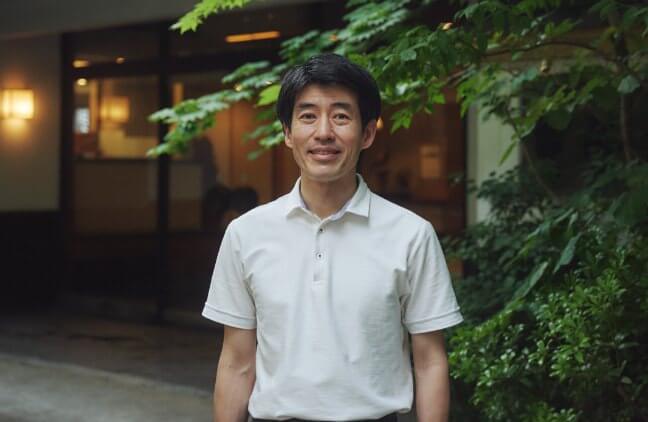
The representative director of Hoeiso, a hot spring inn established in 1956. Located along a mountain stream, the inn offers exquisite hot springs and is famous for its pheasant cuisine. He is also the founder of "Hakone Yosebito Project," striving to promote interactions between travelers and locals by providing Hakone's delicious water for free.
https://www.hoeiso.jp/
https://www.hoeiso.jp/yosehito.html
